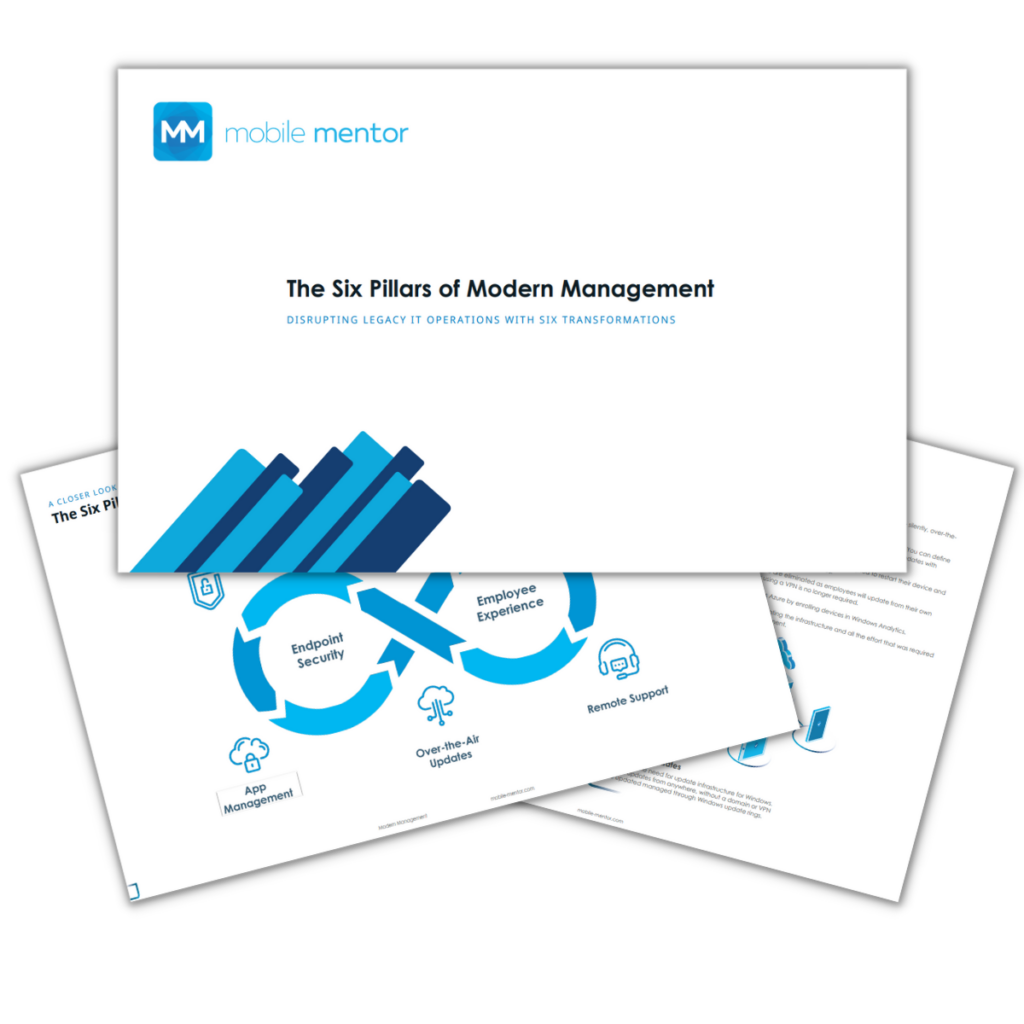
Embarking on a migration journey is akin to building a house—its success lies in the foundational pieces that are often overlooked. When it comes to a migration to Intune, the devil is in the details and communication, knowledge and careful planning are all paramount.
With that being said, let’s dive into what you’ll want to know when preparing for a migration to Intune, Microsoft’s cloud-based endpoint management solution.
Communication is Key:
The most critical element for a steady foundation in migration is communication. From technical resources to end-users, effective and transparent communication plays a pivotal role in alleviating potential challenges.
The average helpdesk person can attest to the nightmares caused by insufficient communication, which can generate an influx of unnecessary helpdesk tickets and escalating issues.
Understanding Your Environment:
Identifying weak points and pain points in your current environment is crucial. Teams embarking on an Intune migration should conduct a meticulous examination of applications, deployment methods, and potential issues in the migration process.
Recognizing the need to wipe devices and planning for it is vital. The scale of the migration, whether dealing with hundreds or thousands of devices, necessitates a well-thought-out plan.
Infrastructure Considerations:
Considerations extend to the infrastructure, whether on-premises or in the cloud. Moving from on-premises to the cloud or adopting a hybrid approach involves numerous checks and balances. Understanding the speed at which user data can be redeployed and the existence of data in the cloud are crucial aspects.
Common Missteps:
The most common misstep when preparing for an Intune migration is teams lacking knowledge. Inexperienced teams making significant changes without proper understanding can send a migration off the rails in no time. An illustrative example is a client’s team modifying dynamic groups without removing members, potentially causing unintended configurations and restrictions across the entire environment.
The Need for Knowledgeable Teams:
It is paramount to establish a knowledgeable team prior to embarking on an Intune migration. Making substantial changes without proper consultation and understanding can lead to unforeseen consequences. Lack of awareness among staff can result in unintentional deployments of configurations, leading to subsequent cleanup efforts.
Change Management Process:
A critical component in the migration process is having a robust change management process in place. This ensures that all modifications and decisions are well-documented, communicated, and understood by the entire team. Lack of a structured change management process can lead to chaos and hinder the success of the migration.
Conclusion:
In summary, successful migration to Intune involves more than just the technical aspects. It requires effective communication, thorough understanding of the current environment, and knowledgeable teams. Avoiding common missteps and implementing a change management process are essential elements in ensuring a seamless transition. By approaching the migration with these considerations in mind, the technical aspects fall into place, leading to a successful implementation of Intune.
Download the Six Pillars of Modern Endpoint Management
Deep Dive Concepts such as:
- Zero Trust
- Passwordless Authentication
- Zero Touch Provisioning
- App Management
- Over-The-Air Updates
- Remote Support


Terrence Brown
Terrence is our Modern Work and Security Manager in the US and works with clients in the Microsoft O365 space helping to design and develop Endpoint Management solutions. Terrence is a Marine Corps veteran and graduate of Kaplan University. Prior to joining Mobile Mentor, Terrence spent over 5 years working for a Microsoft top 10 Consulting partner in the SCCM and O365 technology space where he implemented and designed solutions for different clients both large and small.



